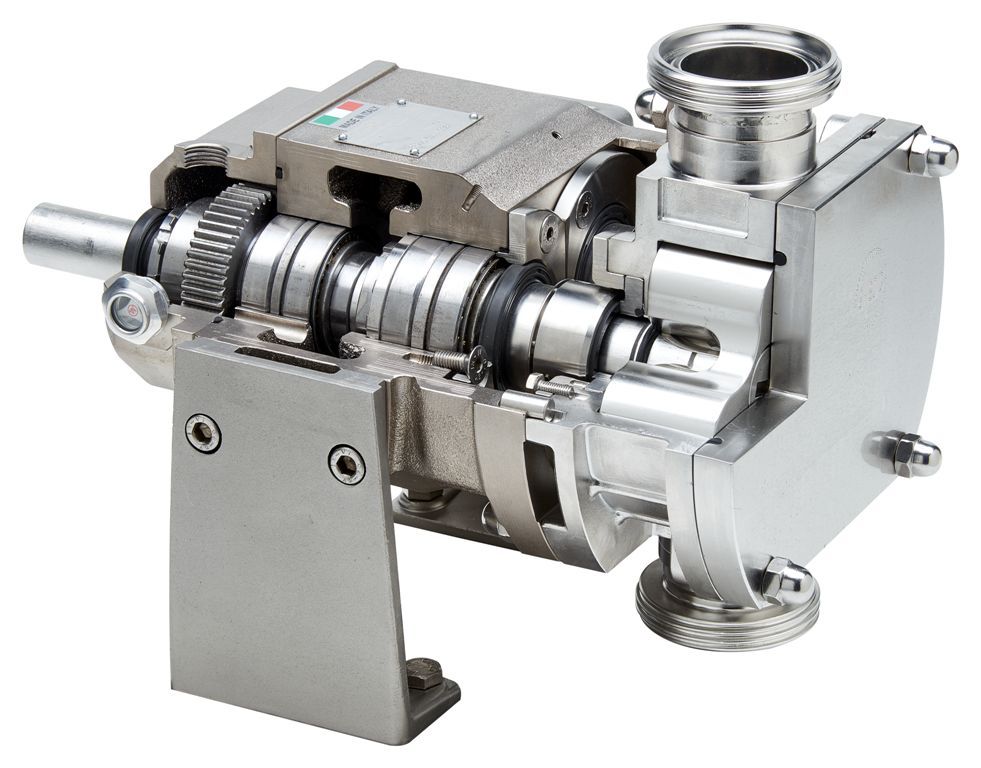Chocolate has been a cherished delight for centuries, evolving from a sacred beverage of ancient cultures to a versatile ingredient in modern confectionery. Though its rich flavor and luxurious texture have remained central to its appeal, the production methods behind chocolate have drastically evolved to meet the demands of large-scale manufacturing. A key innovation in this transformation is the invention and application of chocolate pumps—machines designed to transport liquid chocolate efficiently within modern production lines.
This blog explores the fascinating history of chocolate, tracing its roots back to the Ancient Aztec rituals and uncovering the technological advancements that led to contemporary chocolate transfer pumps. By understanding these historical milestones, we can appreciate how a timeless treasure makes its way to the shelves of grocery stores today.
The Origins of Chocolate in Ancient Cultures
The story of chocolate begins around 1500 BCE with the Mesoamerican civilizations, particularly the Olmecs, who are believed to be the first to cultivate cacao plants. Later, the Mayans and Aztecs adopted cacao, incorporating it into their culture as both a culinary delight and a sacred commodity.
Cacao as a Ritual Beverage
For the Mayans, cacao was consumed as a frothy, bitter beverage. This early version of hot chocolate was made by grinding cacao beans into a paste and mixing it with water, chili peppers, and spices. Far from today’s sweetened treats, this drink was considered invigorating and spiritually significant, often used in religious rituals and celebrations.
The Aztecs took cacao appreciation a step further, relying on it not only as a drink for the elite but also as currency. Historical records highlight the esteem placed on cacao beans—100 beans could buy a turkey, while a single bean was enough for a meal. Chocolate symbolized wealth, status, and divine connection, with the Aztec emperor Montezuma reportedly consuming gallons of cacao each day to enhance focus and vitality.
European Introduction and the Evolution of Chocolate
The arrival of Spanish conquistadors in the early 16th century marked the introduction of cacao to Europe. Initially an exotic curiosity, chocolate gained popularity as sugar was added to offset its bitterness, creating the sweetened delight we recognize today. By the 18th century, chocolate houses emerged, catering to Europe’s upper class.
However, producing chocolate remained labor-intensive, with cacao paste manually ground and processed. This limitation kept chocolate as a luxury for centuries, inaccessible to most people.
Industrial Revolution and Chocolate Production
The Industrial Revolution in the late 18th and early 19th centuries transformed chocolate production. It was during this period that the first significant mechanized tools designed for processing cacao were introduced. With innovations like the cocoa press invented by Coenraad Van Houten in 1828, it became possible to produce cocoa powder and remove much of the cacao butter, leading to modern chocolate bars.
The Role of Chocolate Pumps in Manufacturing
By the 20th century, chocolate production scaled to incredible levels, necessitating new equipment to handle the complexity of processing liquid chocolate. Enter chocolate transfer pumps, a technological milestone that helped streamline production while maintaining consistency in quality.
Chocolate pumps are highly specialized devices used to transport liquid chocolate from one stage of production to another, such as from mixing tanks to tempering machines or molding systems. These pumps revolutionized chocolate manufacturing, making large-scale production both feasible and efficient while preserving the product’s integrity.
How Chocolate Pumps Work
To appreciate the significance of chocolate pumps, one needs to understand how they function within the chocolate manufacturing process.
Heat-Controlled Chocolate Transfer
Liquid chocolate requires precise temperature regulation to maintain its viscosity and prevent crystallization. Chocolate pumps achieve this by incorporating heat-controlled mechanisms, which ensure continuous flow without disruption. These systems minimize blockages and reduce waste due to temperature fluctuations.
Hygienic and Food-Safe Design
Given that chocolate is a consumable good, chocolate transfer pumps are designed to meet stringent hygiene and safety standards. They are typically constructed from food-grade materials like stainless steel to prevent contamination, making them reliable tools in factories.
Customization for Versatility
The versatility of chocolate pumps is evident in their customization options. Many models allow companies to adjust pressure, speed, and temperature to suit specific recipes or requirements. Whether handling white chocolate, dark chocolate, or pralines, modern pumps meet diverse production needs with precision.
Modern-Day Applications of Chocolate Pumps
Today, chocolate pumps are integral to confectionery production lines across the globe. Their applications include:
- Tempering Machines: Ensuring that chocolate achieves the perfect crystal structure for a glossy finish and optimal texture.
- Molding Systems: Transfer liquid chocolate into molds for bars, pralines, or other intricate shapes.
- Enrobing Machines: Coating snacks, biscuits, or candies in a smooth layer of chocolate.
- Filling Lines: Delivering chocolate into bonbons, pastries, or other confections with precision and speed.
The automation provided by chocolate transfer pumps not only increases productivity but also ensures consistent quality in every product.
The Future of Chocolate Production Technology
With advancements in technology, the future of chocolate production holds even greater promise. Innovations such as robotic systems and AI integration are being explored to make chocolate manufacturing smarter and more efficient. Additionally, sustainability initiatives are shaping the industry, with an emphasis on reducing energy consumption and waste during production.
Chocolate transfer pumps will undoubtedly play a critical role in this evolution. Engineers are continuously improving pump designs to make them more energy-efficient, adaptable, and eco-friendly, ensuring they meet the demands of a rapidly changing market.
From Ancient Rituals to Scientific Precision
Chocolate’s transformation from a sacred Mesoamerican ritual beverage to a globally commercialized product is a testament to ingenuity and technological progress. Innovations like the chocolate pump have bridged the gap from handcrafting to large-scale production, ensuring that chocolate remains a universally beloved treat.
For businesses involved in confectionery or food production, investing in modern chocolate transfer pumps means honoring this history while keeping pace with trends and demands. With unparalleled efficiency, these pumps are a testament to how technology continues to elevate an ancient commodity into a contemporary staple.
















